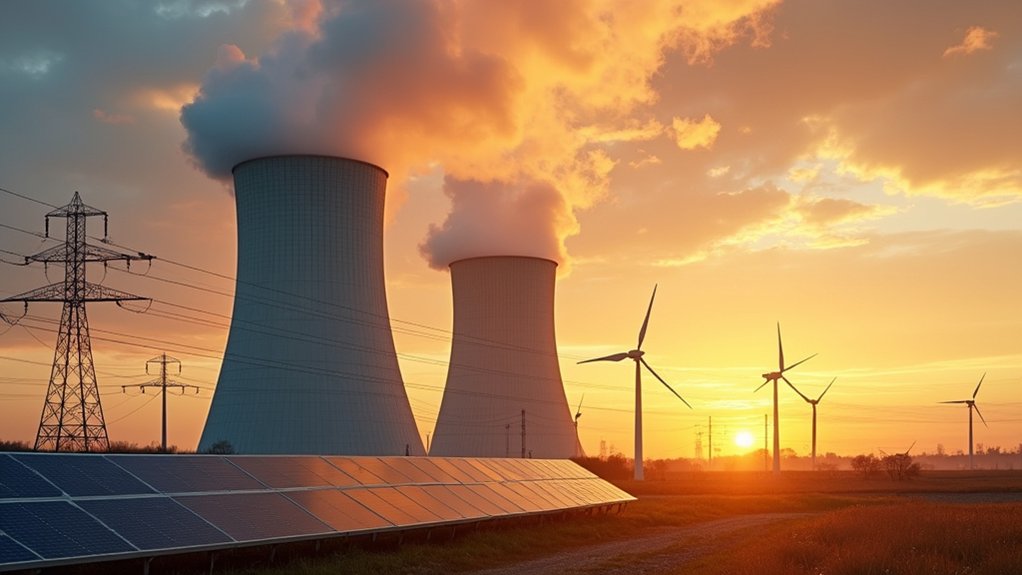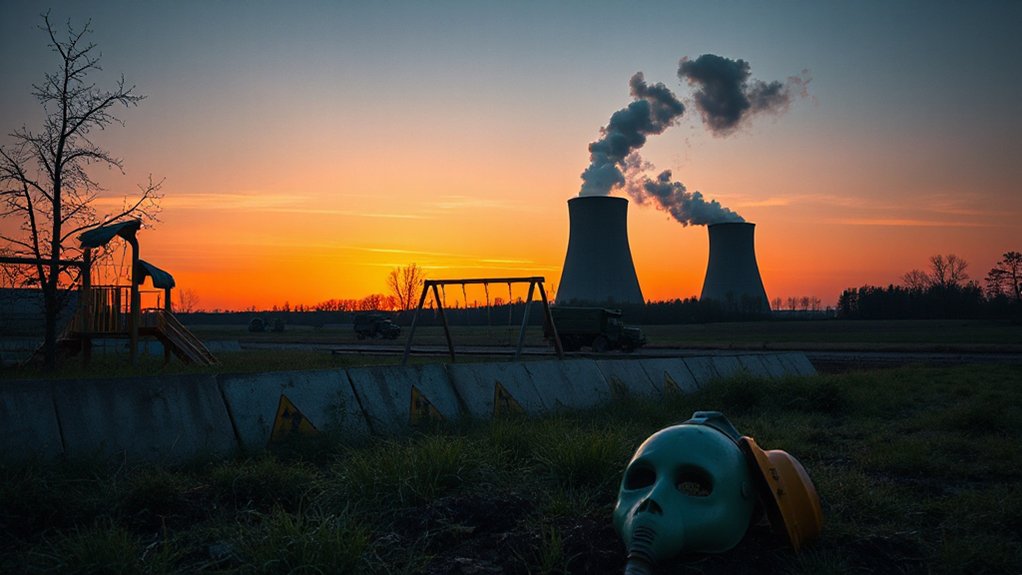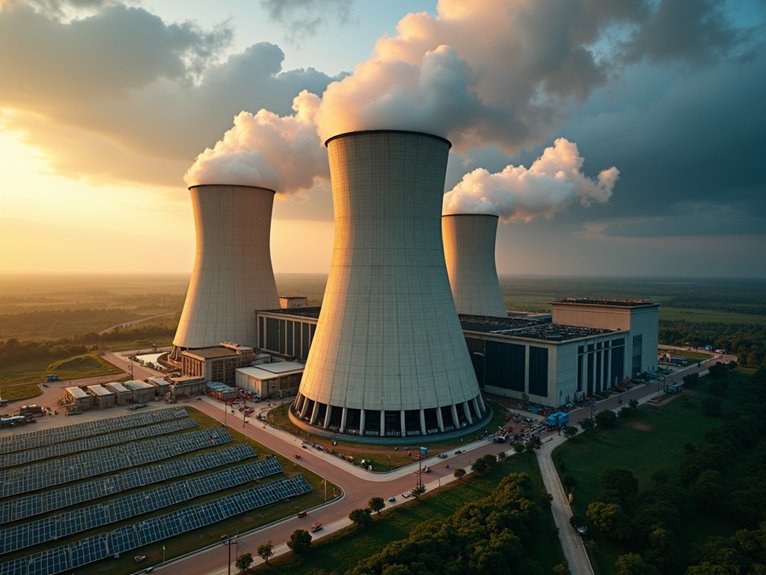Dow Chemical is partnering with X-energy to install small modular nuclear reactors at its facilities. The project will use Xe-100 high-temperature reactors to replace natural gas equipment at Dow’s Seadrift complex in Texas. This initiative will eliminate about 500,000 tons of CO2 emissions annually. Construction will begin in the late 2020s with operations starting in the early 2030s. The partnership represents a major shift toward clean industrial energy solutions.
Dow Chemical is making a bold leap into the nuclear age with its new partnership with X-energy. The chemical giant plans to install advanced small modular reactors (SMRs) at its facilities to cut carbon emissions. This move positions Dow as the first manufacturer to announce SMR deployment for industrial operations.
The partnership will implement X-energy’s Xe-100 reactors to replace aging natural gas equipment. These high-temperature gas-cooled reactors will provide both clean electricity and industrial steam needed for manufacturing processes. The U.S. Department of Energy supports this initiative through its Advanced Reactor Demonstration Program.
Advanced X-energy reactors will replace natural gas, delivering clean power and steam for Dow with DOE backing.
When operational, the SMR plant will eliminate about 500,000 tons of carbon dioxide emissions annually at Dow’s Seadrift facility in Texas. That’s a major step in reducing the company’s carbon footprint and helps meet global decarbonization goals. The project also reduces dependency on fossil fuels for industrial energy needs. Unlike other renewable alternatives, these reactors offer 24/7 reliability similar to geothermal energy, unaffected by weather conditions.
The Xe-100 reactors use TRISO fuel, known for exceptional safety features. This fuel can contain radiation effectively, addressing public safety concerns. The modular design allows for scaling up capacity as needed, making it flexible for industrial applications.
Dow has taken a minority equity stake in X-energy to strengthen the partnership. Together, they’ll work through the rigorous Nuclear Regulatory Commission (NRC) approval process. The companies plan to submit their construction application to the NRC in 2025.
The project timeline shows operations beginning in the early 2030s, with construction starting in the late 2020s. Site selection in Texas was completed in 2023, marking an important milestone for the project. The joint development agreement includes up to $50 million in engineering work with funding split between the ARDP and Dow.
Beyond Dow, X-energy is exploring partnerships with other companies like Amazon. The technology could bring over 5 gigawatts of nuclear power to the U.S. grid by 2039. The four Xe-100 reactors planned for the Seadrift complex will have a combined capacity of 320 megawatts of electricity and 800 megawatts of thermal power. This industrial adoption of SMR technology sets a precedent for clean energy shifts in other energy-intensive sectors, potentially transforming how industries power their operations.








